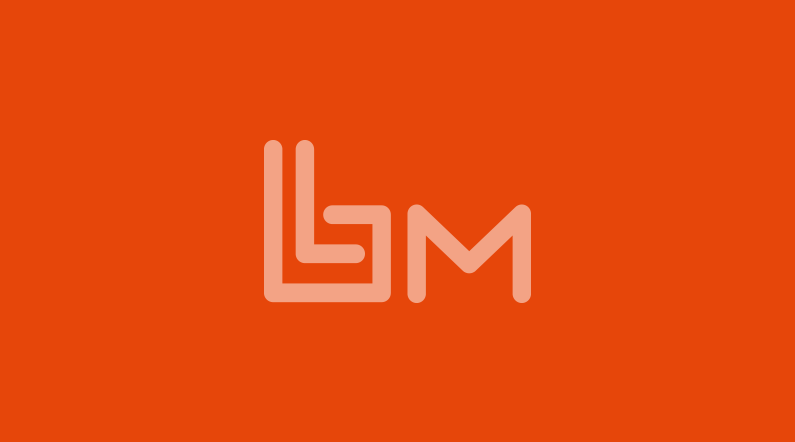When Interbrand released their annual “Top 100 Global Brands” report a few weeks ago, it was no surprise that Apple dethroned Coca-Cola as the #1 global brand. The surprise was how far Sony had fallen (to #45) and how quickly Samsung had risen from nowhere to #8.
In order to succeed in today’s market, consumer electronics brands need to have a deep emotional connection to their customers. Sony, Apple and Samsung are each brands with nearly universal awareness. However, Apple and Samsung resonate. They not only offer excellent products but they connect with their consumers emotionally. Each has done this through a clear brand positioning strategy that is effectively communicated across all of their communication channels. Sony, on the other hand, does not resonate. Since peaking at #19 in 2005, it has done a horrible job of branding and has masked it over cosmetically.
The results speak for themselves. Both Apple and Samsung’s revenue and profit results are strong. Apple was briefly the most valuable company in the world and Samsung is the most valuable company in Asia. Sony has seen several years of losses and restructuring.
Apple – Powerful Branding
What are Apple and Samsung doing right that Sony is not? Let’s start with Apple. Apple focuses on the individual’s experience with their devices…the simplicity, elegant design, ease of use and the ability to unleash the power of a device to get an unmatched experience. Who can forget the image of the silhouetted young lady dancing to a catchy song during the launch of the iPod? When all other music devices were talking about memory or song capacity, Apple was talking about how amazing your music would sound. Even the most recent iPad ads focus on personal discovery. Apple has done more than anyone to make technology accessible and desirable by everyone. This is focused and differentiated branding.
In consumer electronics, there’s Apple and everyone else and Apple commands a substantial price premium to prove it.
Samsung – Finding Relevant Differentiation
Under Apple’s shadow, Samsung has done an amazing job. Samsung is a late comer, not even considered a premium brand until as recently as 2000. In just over a decade, Samsung has zoomed past arch rival Sony and now has Apple in its sights. Samsung was methodical in building its brand, through a brilliant business strategy of connecting all consumer electronic devices in the home, whether handheld or hard-goods such as TVs and kitchen appliances. Samsung has been truly the first consumer electronics company to embrace digital technology and to try to develop products that talk to one another, providing a superior consumer experience.
We believe Samsung propelled itself into the conversation by doing the following things very well:
- It created a broad, digital, easy-to-use, state-of-the art product line
- It invested nearly $600 million in effective brand advertising, matching Apple’s category share of voice
- Its brand campaign “The Next Big Thing” is engaging and positions Samsung as the true innovator in the categories in which it competes. It begs anticipation.
Sony – A Declining “Cosmetic” Brand
Now we come to Sony. Sony was an iconic brand. It was the leader in TV’s (e.g., Trinitron), digital cameras and mobile music (e.g. Walkman, Discman, etc.). It commanded a premium price in every category. Somewhere along the way, Sony brand marketers confused brand awareness with brand loyalty. They thought the Sony name was enough to sell product. They were wrong. We like to call companies who develop pretty, undifferentiated marketing communications “cosmetic branders”. And Sony is the poster child for “cosmetic branding”.
Why? The Sony brand doesn’t have a connection with its consumer. Consumers aren’t excited, there’s less pride in ownership. And Sony doesn’t seem like its paying attention. It lost the lead in TV’s to Samsung, the digital camera category is going away, mobile music is a memory and Sony’s foray into mobile devices has been a disaster. Each is its own case study. Even Sony’s vaunted PlayStation group lost the lead to Microsoft’s XBox for the last 32 months. We’ll see what happens at the launch of new PS4 later this month.
And with a brand slogan like “Make. Believe.”, it’s easy to see why. It doesn’t mean anything, it doesn’t promise anything and it makes you feel like they’re ready to throw the “Hail Mary”, hoping something will work. In fact, despite receiving strong reviews and being launched at a much lower price, Sony’s digital smart watch received a fraction of the publicity received by Samsung’s product. After many years as an innovator and fast follower, Sony has met and been surpassed by paradigm breaking firms like Apple and Samsung.
Sadly, there is no Sony experience. There is an Apple and, to a lesser extent, a Samsung experience. As a brand, Sony has a lot to think about and not a lot of time. Now they have to worry about Phillips (who was #41 in the Top 100 Global Brands)!
So what’s the lesson? Understand your customer, define your brand experience and don’t mistake awareness for loyalty. And for goodness sake, a good coat of paint won’t disguise a crumbling foundation for long. Let’s hope Sony really understands this before it’s too late.


Recent Comments